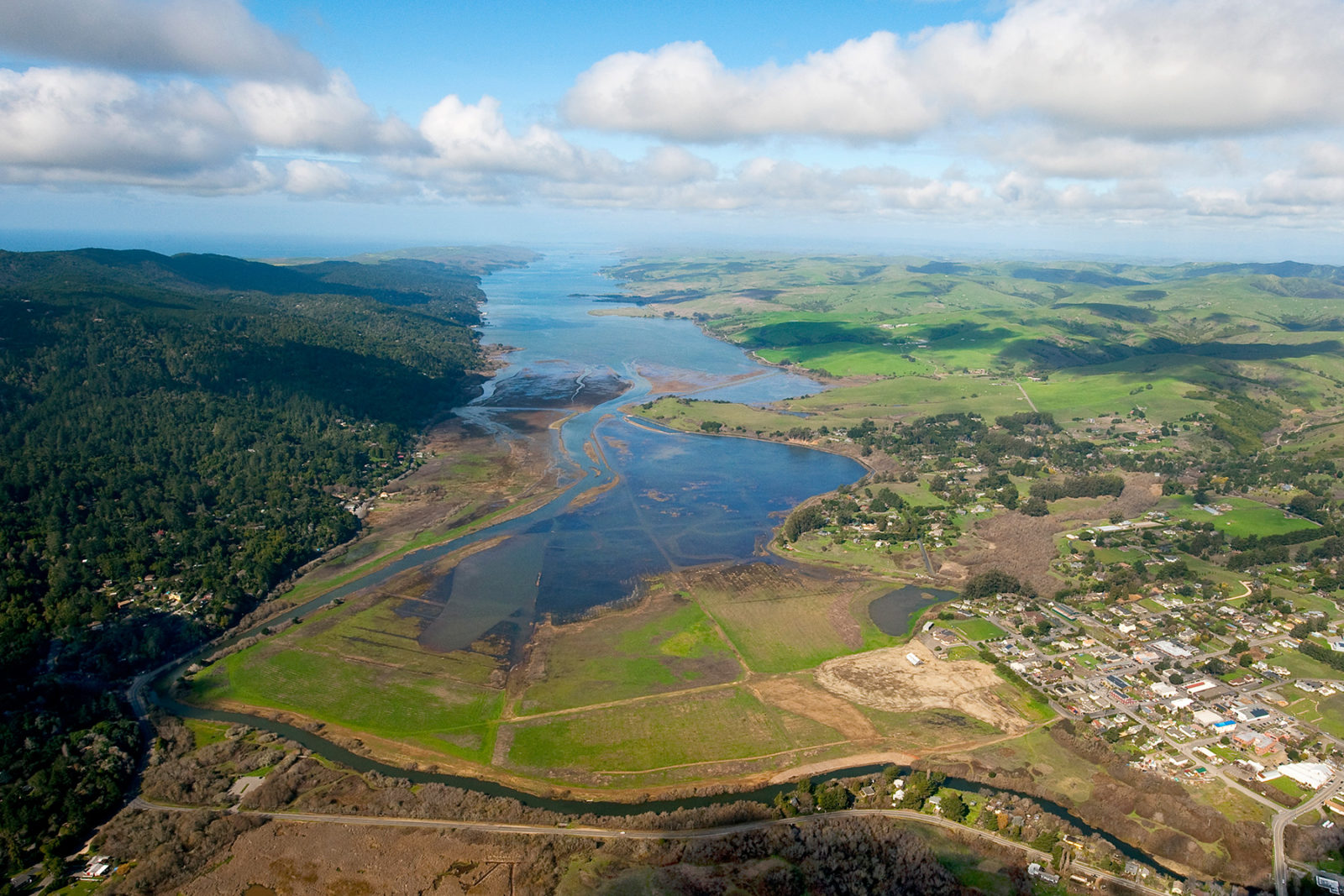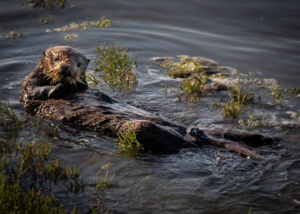Jules Evens figured it would be a long shot. A wildlife biologist and author, Evens was standing amid a luxuriant growth of grasses, rushes, and wildflowers on a former dairy ranch, now part of the new 550-acre Giacomini Wetland at the southern end of Tomales Bay at Point Reyes National Seashore. He had almost completed his tally of the marsh wrens, yellowthroats, red-winged blackbirds, and other breeding birds that were singing and perching all around him. But now it was time to see if any black rails had moved into the area, only six months after the backhoes had breached the levees to create the marsh.
The black rail–a small, secretive salt marsh species rare enough to be listed as threatened by the state–had never been recorded south of the dikes that used to block the tides’ natural flow. Even with the dikes gone, it might take years for the proper habitat to develop. Still, Evens reached for his iPod and brought up a recording of a scolding sound male black rails use to establish territory. After playing the sound for a full minute, he stopped and listened. Three rails immediately responded! A smile spread over Evens’s face: Black rails had returned to breed for the first time in more than 60 years.
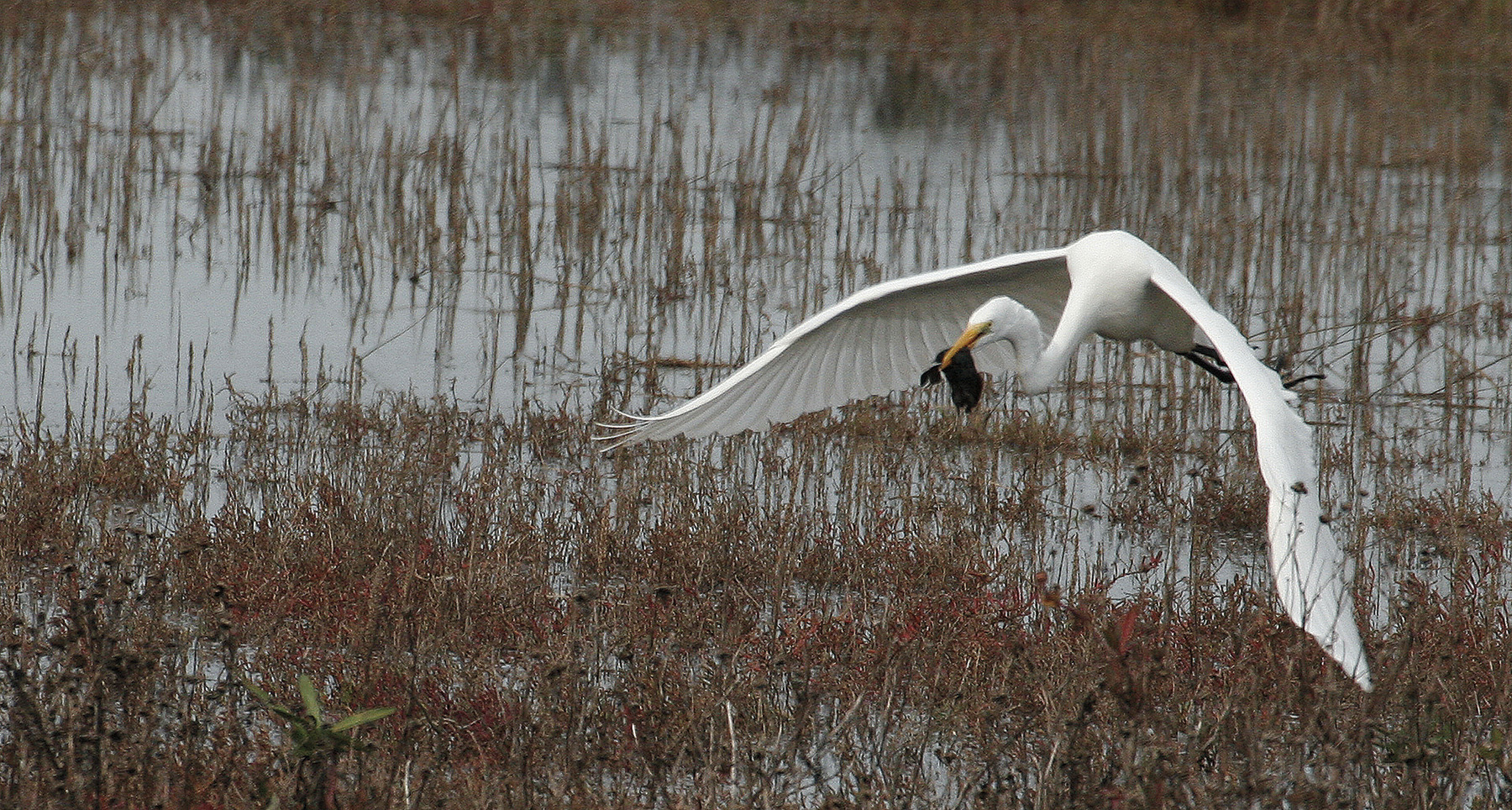
The rebirth of the Giacomini Wetland is rapidly unfolding at Point Reyes. After decades of planning, preparation, and finally implementation, a pasture of mostly nonnative species is quickly turning into a rich mosaic of fresh, brackish, and saltwater habitats. While too wet to cross on foot, the marsh can be kayaked at high tide or viewed, birded, and enjoyed from several trails on the perimeter.
The story of this new wetland began during the late 1800s, when logging, road-building, and railroad activities released large quantities of silt into the southern reaches of Tomales Bay. Where open water and mudflats had been, a vegetated salt marsh took hold. Soon, a road was built across the southern tip of the marsh and houses began to spring up along the marsh’s edge. In 1946, dairyman Waldo Giacomini constructed a series of dikes and levees to convert the marshy ground into pasture, part of a national program to reclaim wetlands for agricultural use. For the next 60 years, Giacomini ran a successful dairy here.
But by the 1980s, it was easy to see the consequences of this human activity. The dikes forced Lagunitas Creek–the source of two thirds of the bay’s freshwater input–into a narrow channel running between the ranch on one side and the road and homes on the other. Tomasini Creek, which flows down from the hills on the east side of the bay, was also rerouted and confined between levees. So instead of flowing onto a broad floodplain, both streams were directed straight to the open water. In winter, storm waters carried huge quantities of sediment into the bay, causing further filling. And because nutrients and pollutants often attach to sediment particles, water quality declined sharply: In 1986, Tomales Bay was classified as an impaired water body under the Clean Water Act due to high levels of suspended sediments, nutrients, pathogens, and mercury.
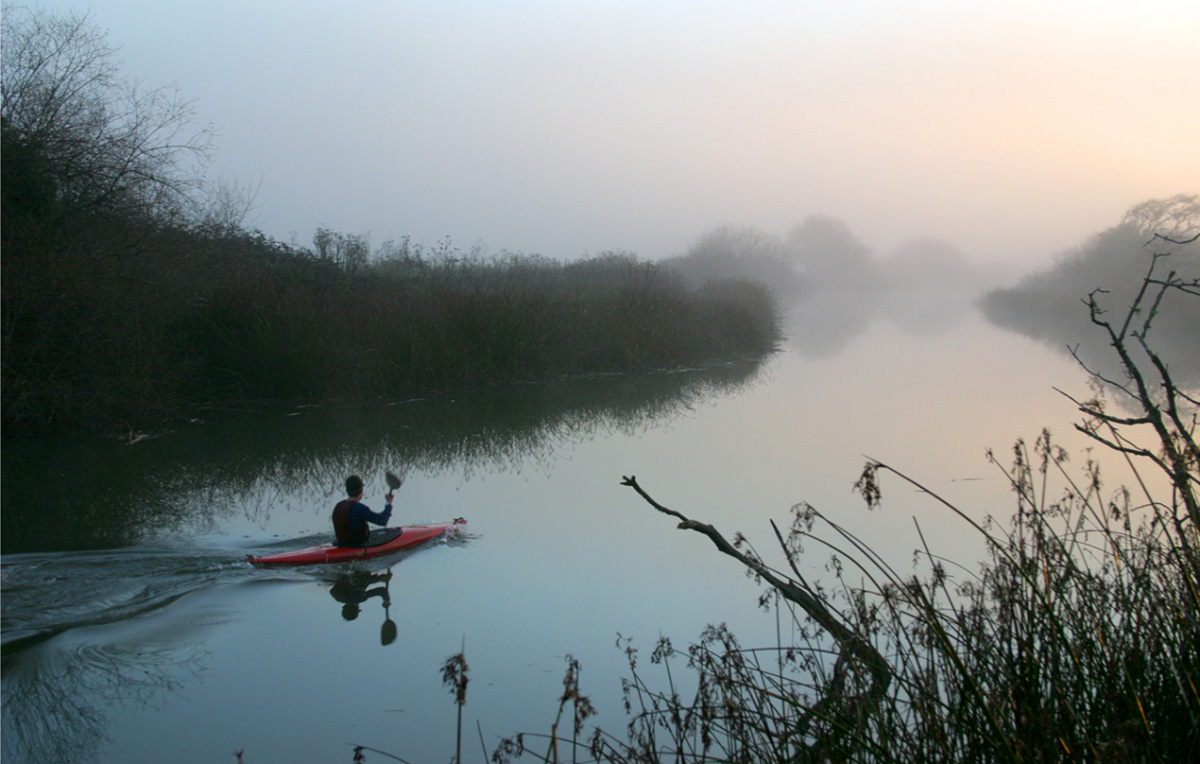
Marsh-dependent birds and fish also declined. High winter tides pushed black rails up against the dikes, forcing them into open areas where they were vulnerable to predators such as great egrets, great blue herons, harriers, peregrine falcons, and short-eared owls. In the fall, young salmon migrating toward the sea were shunted directly to the bay, depriving them of the chance to forage and grow in a sheltering marsh. The tidewater goby, a rare fish found in brackish waters, could no longer be found at all.
Local watershed activists began to promote the idea of restoring the marsh. Progress was slow at first, but by the late 1990s, Point Reyes National Seashore staff had opened discussions with the Giacomini family and initiated a campaign to raise funds to buy the dairy. The Giacominis, for their part, were encountering difficulties obtaining permits necessary for repairing levees and diverting irrigation water from Lagunitas Creek. Negotiations nevertheless faltered until Caltrans agreed to donate $4.9 million out of wetland mitigation funds. The National Park Service completed the purchase in 2000.
Seashore staff, working with the nonprofit Point Reyes National Seashore Association, which provided both funding and project management, embarked upon the onerous process of planning and environmental review. Starting with a consensus that restoring the site to its historic condition of open water was infeasible for both practical and financial reasons, they settled on the goal of simply restoring the natural flow of fresh and salt water to the site. But early surveys revealed the presence of two federally protected species, the tidewater goby and the California red-legged frog, thus triggering requirements that the restoration specifically provide the freshwater and brackish habitats these animals need.
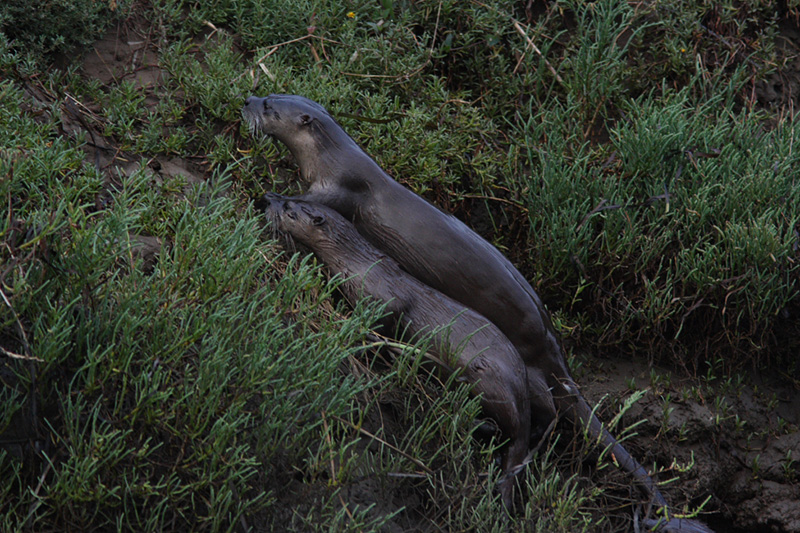
Park staff next devised and presented four different restoration scenarios with a range of measures that would, to a greater or lesser extent, create new salt marsh and freshwater wetlands, improve wildlife habitat, and provide public access. In the meantime, a vocal segment of the local community objected to the loss of a local farm, and a heated controversy arose over a proposal for a new footbridge across Lagunitas Creek near Inverness Park at the edge of the new marsh. Even birders seemed wistful at the loss of the northernmost dike, where the same conditions that made black rails easy prey for herons also made for uncommonly good rail-watching.
Ultimately, however, the strongest support from both the public and partner agencies went to the alternative calling for the most extensive marsh, the greatest improvement to water quality, and the best wildlife habitat. These benefits came at the expense of some public access opportunities, but park officials are still considering the footbridge concept.
As implementation of the final plan proceeded, nature responded exuberantly and the human community did the same. In summer 2007, the cows and dairy infrastructure were removed; irrigation and mowing ceased. Within weeks, the hayfield grasses produced an abundance of seed, and grassland bird and vole populations exploded. Next came predators, such as white-tailed kites, kestrels, harriers, coyotes, and even bobcats. Then, on a July afternoon, locals were both startled and thrilled when more than a dozen leopard sharks and bat rays swam through a broken levee on a rising tide. Biologists believed that the sharks–all females–were scouting for a place to pup. While the sharks and rays had to be rescued when the waters receded, the message from these marine animals was clear: “We belong here!”
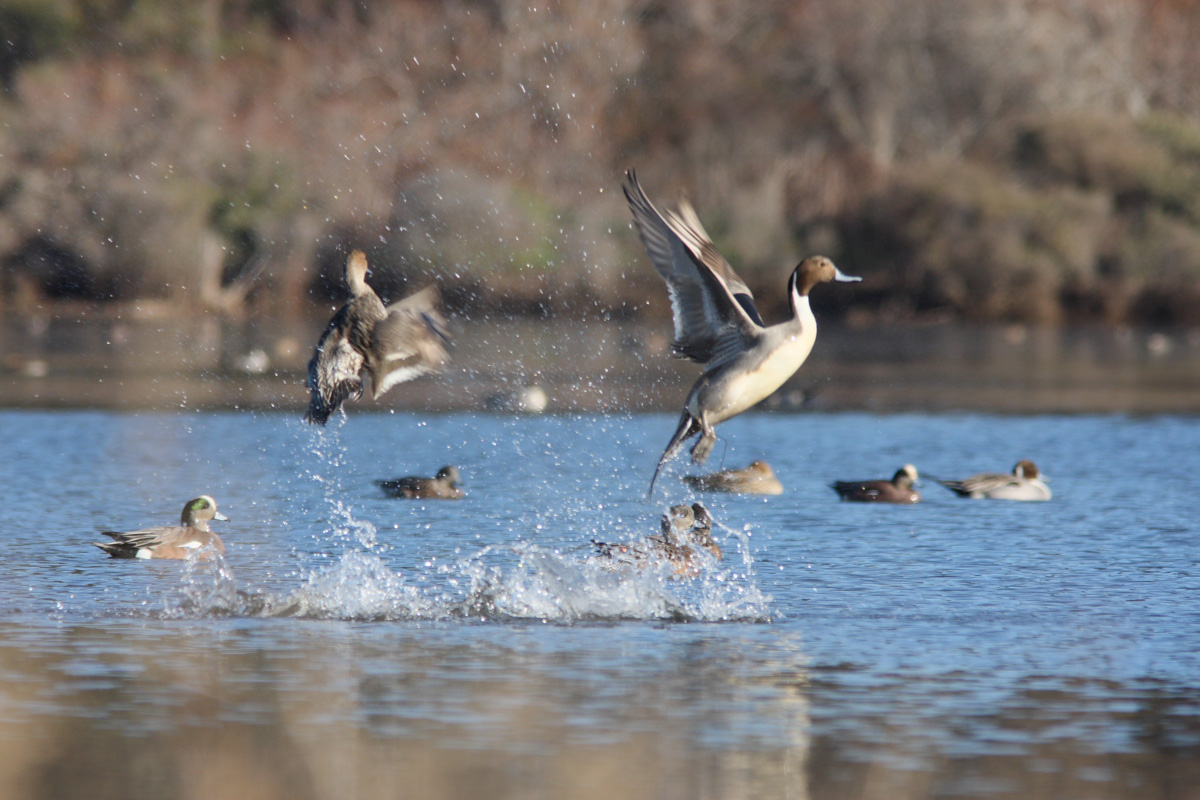
The following summer, workers removed most of the remaining dikes, filled ditches, realigned Tomasini Creek into one of its historic channels, and excavated tidal outlets. By the time the last levee was breached by a gigantic backhoe on October 25, 2008, a joyous crowd was on hand to cheer. “It was more than people were expecting,” says project manager Lorraine Parsons. “More what? I don’t know, just more! More dramatic, more water, more birds, more view–just more!”
Within days, with signs of grading and earth disturbance still raw, more wildlife began to move in. Thousands of widgeon, gadwall, pintail, and teal foraged in the newly formed shallows; over a thousand migrating American pipits stopped to feed and refuel on their way south, and even a sea lion swam into a new tidal channel. The graded areas were quickly blanketed with brass buttons, spear-leaved saltbrush, and rabbit’s foot grass, nonnative annual species that just a year later are giving way to perennial natives such as rushes, salt grass, and pickleweed.
The longer-term transition is well under way. Tidewaters daily inundate about 350 acres, enlarging the man-made channels and recreating ancient pathways. During strong winter storms, Lagunitas and Tomasini creeks will overtop their banks more often, increasing the quantity of fresh water flowing into the marshland by a projected 2,000 percent and simultaneously reducing the volume of floodwaters in the creeks by 20 percent. During storms, as much as 9,500 tons of sediment per day will settle out of these sheet flows instead of being transported directly to Tomales Bay, significantly improving water quality in the bay over time.
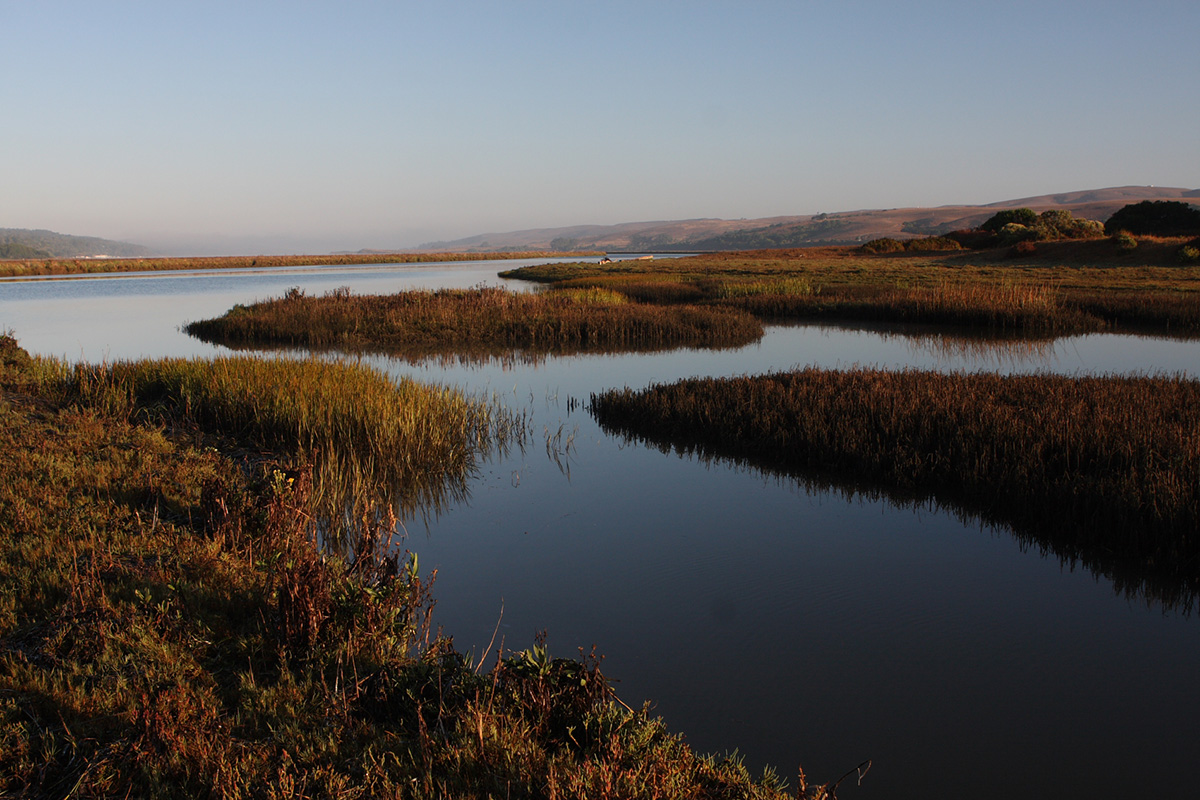
Increased fresh water spilling over from the creek channels will supplement the abundant groundwater that flows from seeps and springs in the surrounding hills, interacting with tidal flows to support a patchy mix of plant communities. Freshwater wetlands and wet meadows around the edges of the project are expected to blend into tidal brackish and saltwater marsh communities at slightly lower elevations. There will be areas of open water, mudflats, and wide expanses vegetated with bulrush, tule, cordgrass, and wildrye as well as perennial forbs, such as pickleweed, alkali bulrush, and marsh jaumea.
Many species of wildlife, both common and rare, should benefit from such diverse habitats. Young salmon and steelhead will forage in the newly available brackish habitat during the winter months, taking the time to grow larger and stronger before going to sea. Tidewater goby will multiply in the brackish backwaters at the base of the bluffs on the eastern side of the project; in fact, some have already returned to Lagunitas Creek. Black rails should do better as well, with more vegetative cover to cloak their retreat from high winter tides. Red-legged frogs and western pond turtles, both listed species, will live in the freshwater ponds created for them northeast of the remaining dairy barn and in Olema Marsh to the south. Neotropical migrant birds that already breed here should become more numerous as wider riparian borders develop along the creeks. River otters, too, will become more common.
Seashore ecologists and planners have been especially pleased with how quickly the transition is proceeding. “I was amazed at how rapidly the waterfowl found this new shallow, flooded wetland,” says Evens. “Thousands of them–boom–they were there!”
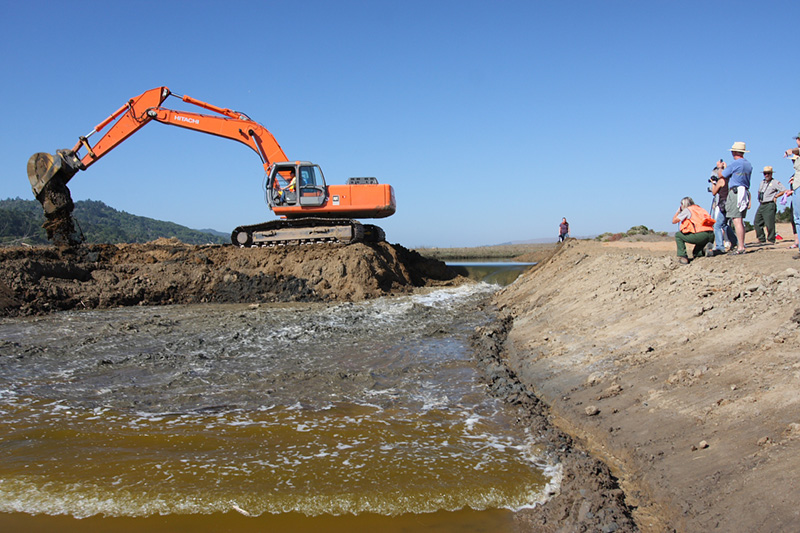
There are several reasons for the rapid recovery. For one thing, the land behind the dikes had not subsided as had, for example, the salt ponds in San Francisco Bay, now also undergoing restoration. There, fill must be added to some areas to keep emergent marsh vegetation from being flooded. Here that was not necessary. The minimal subsidence may have occurred because the wetland itself formed relatively recently and thus did not contain as much organic matter to dry out, decompose, and compress. Undoubtedly, the abundant natural freshwater inputs to the Giacomini site further contribute to the rapid resurgence of native vegetation.
Even so, there have been surprises for seashore staff in this first year since the removal of the dikes. Low rainfall during the 2008-09 winter season delayed the opening of sufficient tidal outlets, thereby creating a large area of ponded saltwater in the southern portion of the project. That translated to more duck habitat and less mudflat for shorebirds. Hydrologists expect this situation to remain until a wet winter or even an El Nino increases the force of the floodwaters enough to open larger channels.
Parsons estimates that the Giacomini Wetland brings back almost 12 percent of the marshland that historically existed between Cape Mendocino and Point Conception, excluding San Francisco Bay. Yet longer term it is threatened by a new kind of human impact: rising seas associated with climate change. Ironically, continuing sediment transport from upstream, normally considered undesirable, may actually increase the elevations in the Giacomini Wetland enough to keep pace with the rising water.
Coastal wetlands, uncommon in California, are among the most productive of ecosystems. This new salt marsh, so visible from several points along the shore, gives us a rare chance to see that productivity develop anew, a chance to witness birds, otters, and other wildlife settling in and once again making themselves at home alongside us.
Getting there
To see the northern portion of the project, hike west to the bluff from the Tomales Bay trailhead north of Point Reyes Station on Route 1. Then walk to the water and explore the two spur trails north and south. In Point Reyes Station, walk west from the green bridge on the spur trail parallel to Lagunitas Creek. Follow the trail north past the barn to see the southern part of the wetland. Along Sir Francis Drake Boulevard in Inverness, two pullouts marked by split-rail fences look out on the marsh. When high tides exceed six feet, kayakers can put in at Chicken Ranch Beach or White House Pool or tour the Giacomini Wetlands with Blue Waters Kayaking (bwkayak.com).

